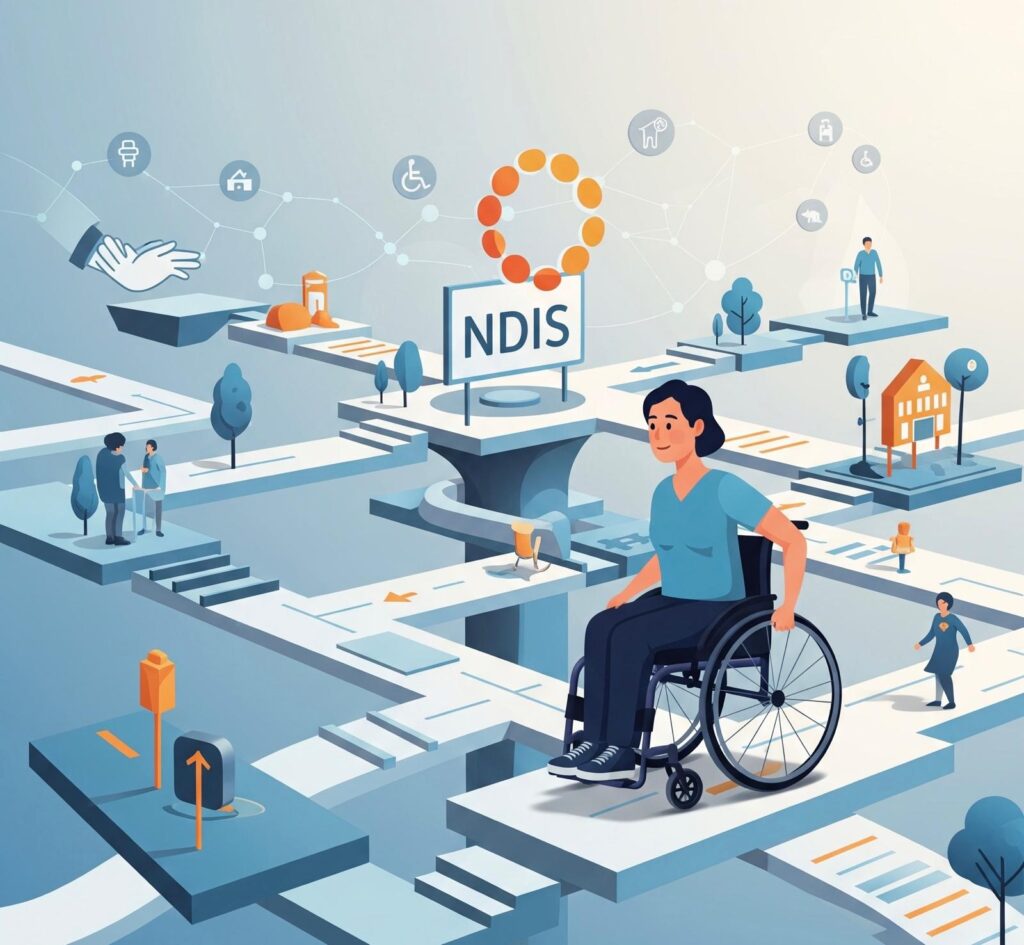Autism Spectrum Disorder (ASD) is a developmental disorder that affects communication and behavior. Recognizing the signs of autism in children can be crucial for early intervention, which significantly improves outcomes. This article explores the indicators of autism and the process of obtaining a diagnosis, particularly in the Australian context, drawing on scientific research.
Key Indicators of Autism in Children
- Social Communication and Interaction Difficulties: One of the primary signs of ASD is difficulty with social communication and interaction. This may include limited eye contact, lack of response to their name, and challenges in understanding others’ feelings (American Psychiatric Association, 2013).
- Repetitive Behaviors and Restricted Interests: Children with ASD often display repetitive behaviors or have very focused interests. This can manifest as repetitive movements, intense preoccupation with specific topics, or inflexible adherence to routines (Leekam et al., 2011).
- Delayed Language Development: Many children with ASD experience delays in language development. They might struggle with using or understanding language in a typical way (Tager-Flusberg et al., 2009).
- Sensory Sensitivities: Children with autism may be overly sensitive to sensory input like light, sound, or touch, or conversely, may seek out sensory stimulation (Ben-Sasson et al., 2009).
The Diagnostic Process in Australia
In Australia, the process for diagnosing autism involves several steps:
- Initial Concerns: Typically, parents or caregivers first notice developmental differences or concerns.
- Professional Screening: A general practitioner (GP), pediatrician, or child health nurse can provide an initial screening. The Modified Checklist for Autism in Toddlers (M-CHAT) is a common tool used (Robins et al., 2001).
- Comprehensive Diagnostic Assessment: If screening indicates potential ASD, a comprehensive assessment by a team of specialists, including psychologists, pediatricians, and speech therapists, is necessary. This multidisciplinary approach is recommended for an accurate diagnosis (Ozonoff et al., 2005).
- Accessing Services: Following a diagnosis, families can access support services. In Australia, the National Disability Insurance Scheme (NDIS) provides support for individuals with ASD, including early intervention services (National Disability Insurance Agency, 2020).
Importance of Early Intervention
Early intervention is crucial in supporting the development of children with ASD. Research shows that early, tailored intervention can lead to significant improvements in skills and behaviors (Dawson et al., 2010).
Conclusion
Identifying autism in children involves recognizing key signs and obtaining a professional diagnosis. In Australia, the diagnosis process involves initial screenings and comprehensive assessments by healthcare professionals. Early intervention is essential for supporting the development and well-being of children with ASD.
Take a quick self assessment
References
- American Psychiatric Association. (2013). Diagnostic and Statistical Manual of Mental Disorders (5th ed.). Arlington, VA: American Psychiatric Publishing.
- Leekam, S. R., et al. (2011). Repetitive behaviours in typically developing 2-year-olds. Journal of Child Psychology and Psychiatry, 52(8), 929-936.
- Tager-Flusberg, H., et al. (2009). Defining spoken language benchmarks and selecting measures of expressive language development for young children with autism spectrum disorders. Journal of Speech, Language, and Hearing Research, 52(3), 643-652.
- Ben-Sasson, A., et al. (2009). A meta-analysis of sensory modulation symptoms in individuals with autism spectrum disorders. Journal of Autism and Developmental Disorders, 39(1), 1-11.
- Robins, D. L., et al. (2001). The Modified Checklist for Autism in Toddlers: An initial study investigating the early detection of autism and pervasive developmental disorders. Journal of Autism and Developmental Disorders, 31(2), 131-144.
- Ozonoff, S., et al. (2005). A prospective study of the emergence of early behavioral signs of autism. Journal of the American Academy of Child & Adolescent Psychiatry, 44(7), 687-694.
- National Disability Insurance Agency. (2020). Early Childhood Early Intervention. Retrieved from [https://www.ndis.gov.au/understanding/families-and-carers/early-childhood-early-intervention].
- Dawson, G., et al. (2010). Randomized, controlled trial of an intervention for toddlers with autism: The Early Start Denver Model. Pediatrics, 125(1), e17-e23.
How to get in touch
If you or your patient/NDIS clients need immediate mental healthcare assistance, feel free to get in contact with us on 1800 NEAR ME – admin@therapynearme.com.au.







